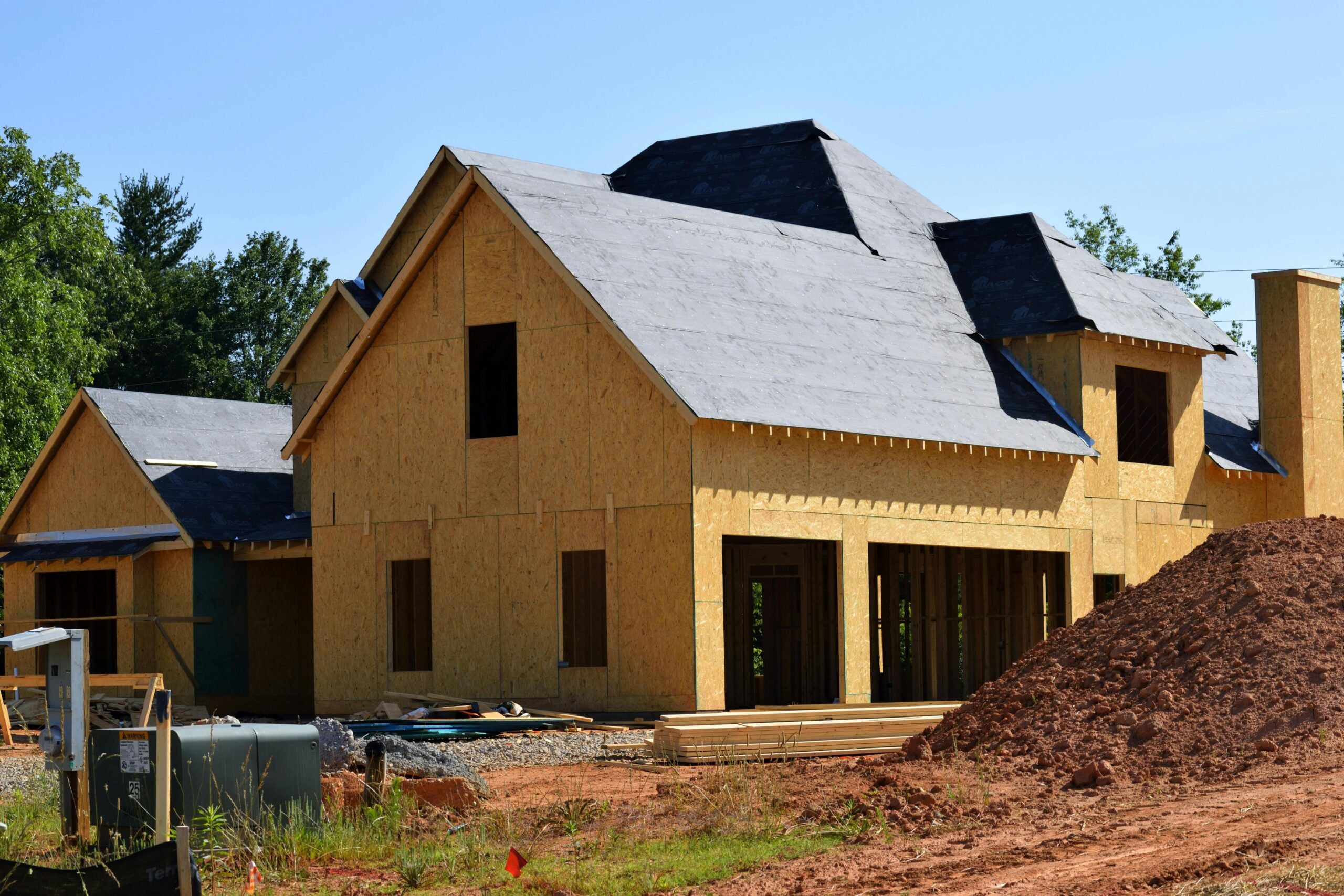The U.S. housing market is grappling with a persistent shortage of available homes, leading to increased competition, higher prices, and limited options for prospective buyers. The issue of low housing inventory isn’t new, but with high demand and fewer homes entering the market, it’s become more pressing than ever. Fortunately, new construction trends and evolving mortgage options present opportunities for change, and by 2028, these strategies may alleviate the inventory crisis. Additionally, brokered mortgage advisors have the advantage of offering diverse lender options, allowing buyers to navigate financing with more flexibility.
1. Prioritizing Affordable, High-Density Housing
One of the most significant shifts in recent construction trends is the focus on high-density housing, especially in urban and suburban areas where space is at a premium. By building apartment complexes, townhouses, and smaller single-family homes, developers are maximizing limited land resources. This approach not only increases the number of available units but also promotes affordability—a key factor in combating the housing shortage.
High-density projects often come with smaller living spaces, allowing developers to produce more homes in a given area. Additionally, with urban spaces becoming more expensive, developers are exploring vertical construction options, building multi-story residences that can house more families in a single location. By embracing these trends, the housing market could see more affordable, space-efficient options available by 2028.
2. Modular and Prefabricated Homes: Speeding Up the Build Process
Modular and prefabricated homes are gaining popularity as a solution to accelerate construction. Unlike traditional builds, which are subject to weather delays and other disruptions, prefabricated homes are constructed in controlled environments and then transported to the site for assembly. This method reduces construction time significantly, making it possible to deliver homes to the market much faster.
The cost-effectiveness of modular housing also addresses affordability issues. Since prefabricated homes are typically less expensive to build, developers can offer them at a lower price, making them an attractive option for first-time buyers or those looking for more budget-friendly choices. With continued investment in modular construction, the market could see an increase in available homes within just a few years.
3. Sustainable and Eco-Friendly Building Practices
Sustainability is a growing trend in construction, and it’s not just about being environmentally friendly; it’s also about creating homes that are more affordable to maintain. Green construction practices—like energy-efficient building materials, solar panels, and smart home technology—are becoming mainstream. These features not only appeal to eco-conscious buyers but also help reduce long-term costs for homeowners by lowering utility bills and maintenance expenses.
As governments and developers push for greener construction practices, more affordable and sustainable homes are likely to enter the market. For example, the use of recycled materials and energy-efficient designs can reduce building costs, and by 2028, we could see a shift toward eco-friendly, cost-efficient homes that address the needs of both the environment and the economy.
4. Conversion of Commercial Real Estate to Residential Space
With the rise of remote work, many commercial spaces are now underused or vacant, particularly in urban centers. Developers are seizing this opportunity to convert commercial real estate into residential units. This trend not only addresses the shortage of available housing but also revitalizes city centers and reduces urban sprawl.
The conversion of office buildings and retail spaces into apartments or condos can meet the demand for city living without requiring new land for development. By utilizing existing structures, developers can create homes faster and at a lower cost. Over the next several years, this approach could have a substantial impact on housing supply, especially in metropolitan areas where land for new construction is limited.
5. How Brokered Mortgage Advisors Support Buyers Amid Market Changes
The innovations in construction are encouraging for addressing inventory shortages, but even with more homes on the market, financing remains a critical hurdle for buyers. This is where brokered mortgage advisors play a pivotal role. Unlike traditional lenders, brokered mortgage advisors have access to a network of lenders, giving clients a range of financing options tailored to their unique needs.
Brokered advisors can connect buyers with niche programs that might be unavailable from a single lender, such as low down-payment loans, favorable rates for first-time buyers, or mortgage solutions for modular and prefabricated homes. In an inventory-constrained market, this flexibility is invaluable, as it allows buyers to take advantage of more affordable or innovative housing options as soon as they become available.
With brokered mortgage advisors, buyers have access to competitive rates and varied lending products, allowing them to secure financing that suits both their budget and lifestyle. For example, if a buyer is looking to purchase a modular home, a brokered advisor can connect them with lenders experienced in non-traditional home financing. This advantage ensures that as the housing market evolves, buyers can find financing solutions that align with emerging trends and opportunities.
Looking Ahead: 2028 and Beyond
While the housing shortage is a complex issue, emerging construction trends and innovative mortgage solutions offer hope for the future. By 2028, high-density housing, modular homes, sustainable construction, and commercial-to-residential conversions could reshape the housing landscape. Additionally, the guidance and flexibility offered by brokered mortgage advisors will ensure buyers have the resources they need to navigate an evolving market.
In a dynamic housing environment, adapting to new construction trends and maximizing financing flexibility will be essential for buyers and industry professionals alike. As these strategies take root, they may provide the inventory relief the market has been striving for—helping more families achieve their homeownership dreams in the years to come.

